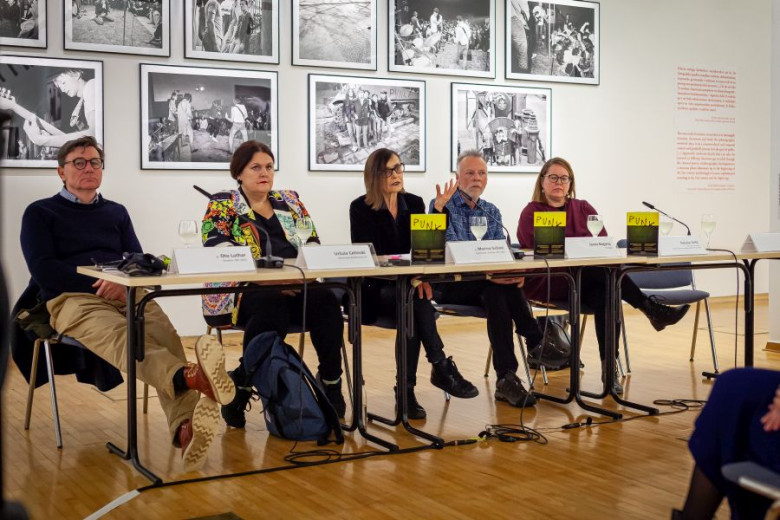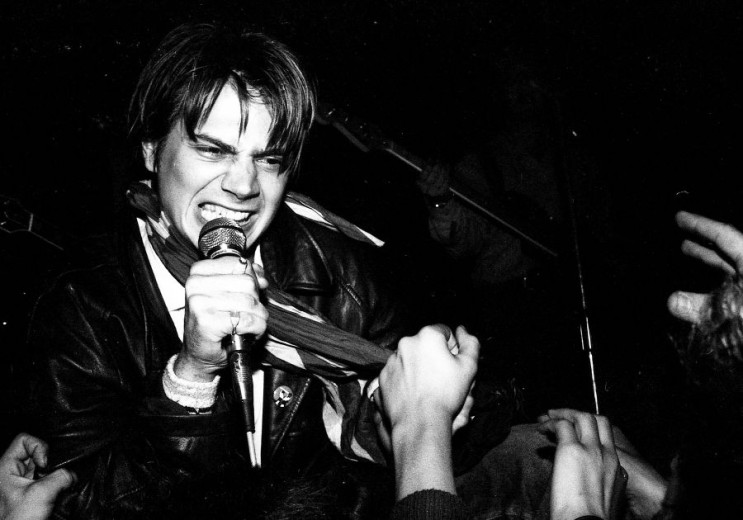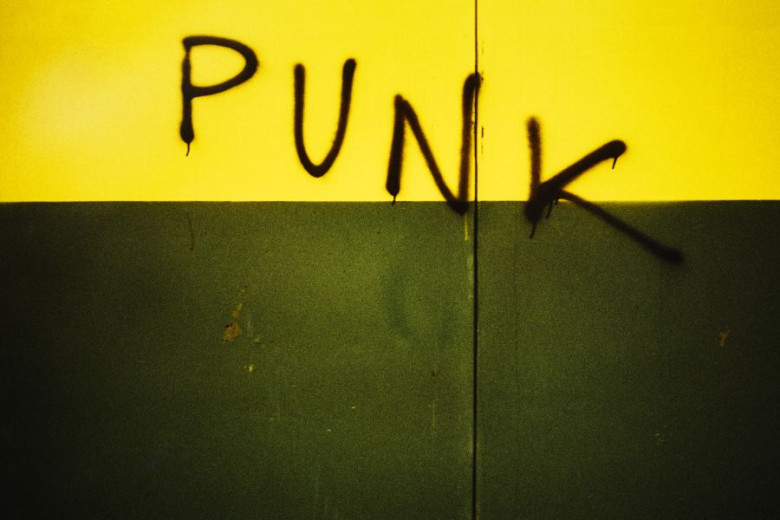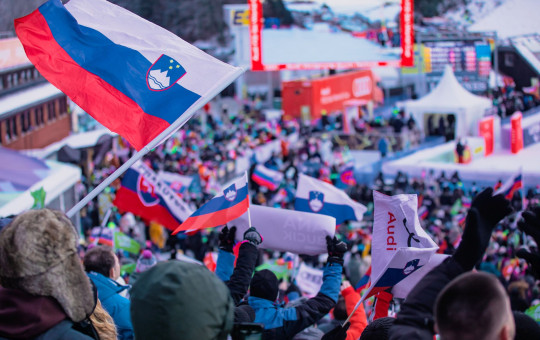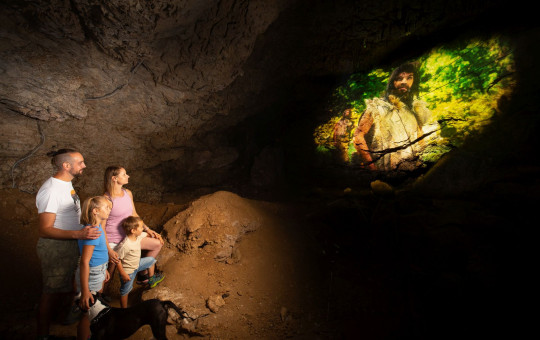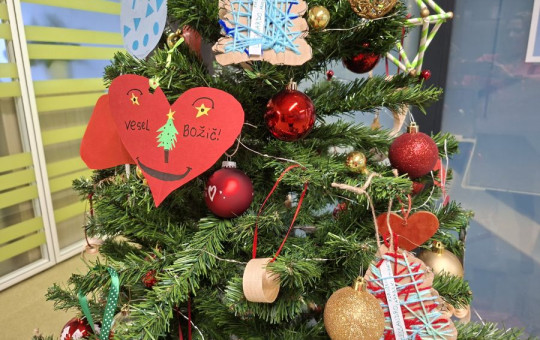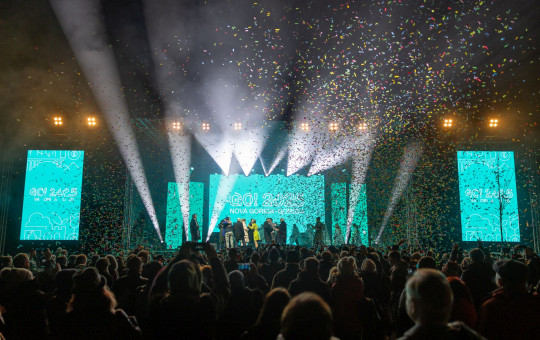Date: 14. December 2023
Time to read: 3 min
"Slovenian punk contributed to the creation of a bold and provocative photographic aesthetic that is still recognisable and influential today. Punk left its mark not only on music but also on art, fashion, and lifestyle," says Dr Marina Gržinić, the author of the exhibition "Slovenian Punk & Photography".
The exhibition, staged by the Research Centre of the Slovenian Academy of Sciences and Arts in cooperation with the Cankarjev Dom cultural centre, will be on display at the Cankarjev Dom Gallery until 30 January. The curator of the exhibition is Dr Marina Gržinić, a principal research associate at the Institute of Philosophy of the Slovenian Academy of Sciences and Arts and a full professor at the Academy of Fine Arts Vienna.
Slovenian Punk & Photography is a comprehensive exhibition that connects photography with various aspects of the Slovenian punk movement from 1977 to the mid-1980s, as well as the periods before and after punk. It also encompasses subcultural and alternative events in Ljubljana during the 1980s, including a focus on the emergence of the LGBT+ community in that decade, along with groups like Laibach and other bold and subversive activities.
It provides insights into the important role photography played in documenting and serving as a vessel for the expression of the Slovenian punk movement and other subcultural events of that time. But why is this important? Slovenian punk has indeed contributed to the creation of a bold and provocative photographic aesthetic that is still recognisable and influential today. Punk has left its mark not only on music but also on art, fashion, and lifestyle.
Photography became essential for expressing the punk spirit, conveying messages about social and political issues, and creating visual imagery that reflected the spirit of the time. It became a means through which the supporters of the punk scene expressed their dissatisfaction with the prevailing political and social situation and brought alternative perspectives to the world.
Curator Marina Gržinić stressed that the Slovenian punk scene, unlike, for example, the British punk scene, operated in a different social system, namely socialism, thus placing the entire development of punk in a different context. "The Slovenian punk scene was known for its independence and criticism of the political system and social norms of the time. However, it was also a pro-socialist, working-class, youth-oriented, and rebellious attitude in response to social injustice, political apathy, and economic crisis. This energy also became instrumental in transforming Slovenian photography itself."
The exhibition accompanied by side events and guided tours will be on display at the Cankarjev Dom Gallery until 30 January 2024.

